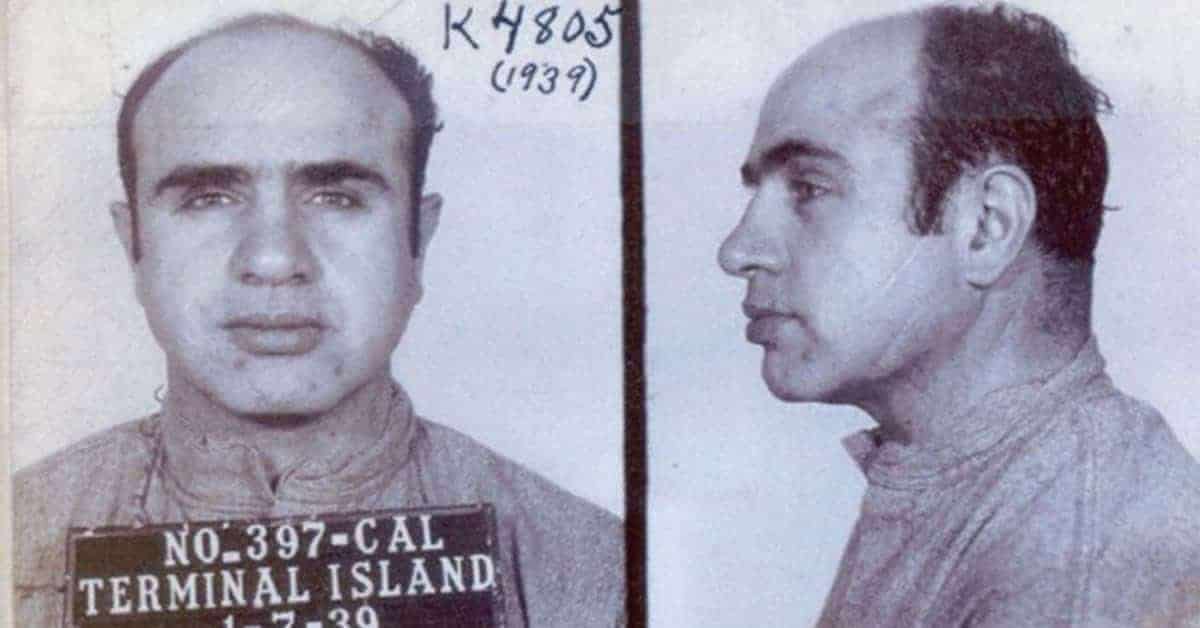Alphonse Gabriel Capone, more famously known as Al Capone, was one of the most ruthless and vicious gangsters of the Prohibition Era. Although his name goes down in the annals of gangster history, he was only a crime boss for six years. He led Chicago’s South Side Gang, and its conflict with the North Side Gang was pivotal in Capone’s rise and fall. Yet even vicious killers have softer sides on occasion and Capone’s was evident in the gift he gave to the Union Memorial Hospital in Baltimore.
Al Capone’s Downfall
Before we delve into Capone’s time in the hospital, let’s look at the chain of events that led him there. After a failed assassination attempt in 1925, Johnny Torrio, the leader of the South Side Gang, relinquished control and handed the reins to his trusted lieutenant, Al Capone. Capone responded by using violence to increase the gang’s stranglehold on Chicago’s bootlegging business. As he forged relationships with the city’s police and the mayor, William Hill Thompson, Capone must have felt as if the law couldn’t touch him.
In the 1920s, Capone managed to cultivate a positive public image. The people of the city saw him as a modern-day Robin Hood as he donated money to various charities; Capone was even cheered when he appeared at ball games. However, the positivity towards him vanished in the wake of the Saint Valentine’s Day Massacre of 1929. The brutal murder of seven rivals in broad daylight resulted in newspapers calling him ‘Public Enemy No.1.’

Throughout his years as a gang leader, Capone’s biggest worry was the actions of his rivals. Indeed, he survived multiple murder attempts, but as his rivals died or were jailed one by one, he remained standing. Capone also managed to avoid the attentions of police for the most part; that is until the aforementioned massacre. Within days, he received a summons to testify before a grand jury in Chicago on violations of the federal Prohibition law. He claimed he was too sick to attend.
Perhaps he didn’t know it at the time, but it was the beginning of the end of Capone. The gruesome images of the massacre victims were published in newspapers, and a wave of public anger ensured the heat was well and truly on him. In May 1929, he was sentenced to prison time in Eastern State Penitentiary in Philadelphia, and when he was released in March 1930, Capone was greeted with the news that he was Public Enemy Number One on the Chicago Crime Commission list.
By now, the police and FBI were eager to bring him down by any means necessary. He was subject to a variety of charges including perjury, vagrancy, and contempt of court. Eventually, Capone was charged with income tax evasion in 1931 along with numerous violations of the Prohibition Act. In October of that year, he was found guilty and sentenced to 11 years in federal prison. Overall, Capone owed over $215,000 in back tax so instead of going to prison for murder; he was behind bars for being a tax cheat. For all his domination of the gang scene in Chicago, Capone was now powerless as a prisoner at Atlanta U.S. Penitentiary.

